#William Cameron Menzies
Text

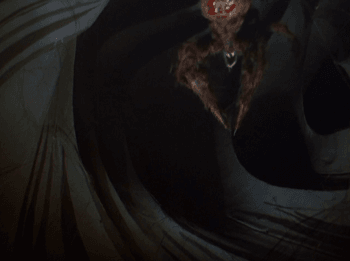

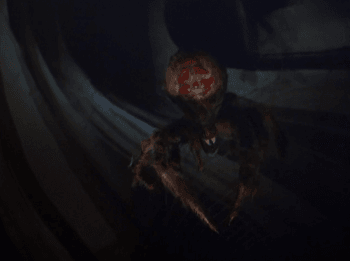


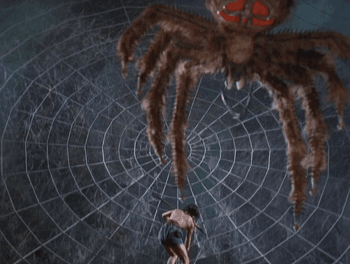


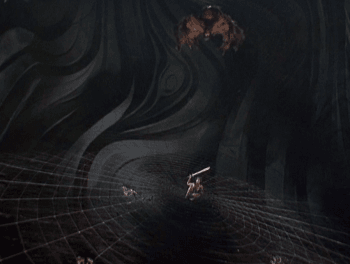
The Thief of Bagdad (1940)
#the thief of bagdad#sabu#40s fantasy movies#giant spider#practical effects#william cameron menzies#alexander korda#michael powell#40s movies#1940s#1940#gif#chronoscaph gif
220 notes
·
View notes
Text

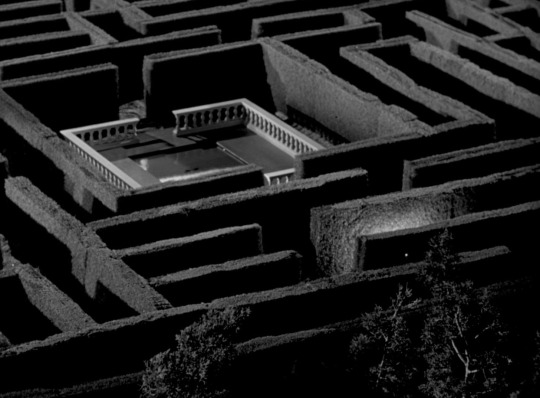

The Maze | William Cameron Menzies | 1953
Veronica Hurst
57 notes
·
View notes
Text

Invaders from Mars (1953)
61 notes
·
View notes
Text
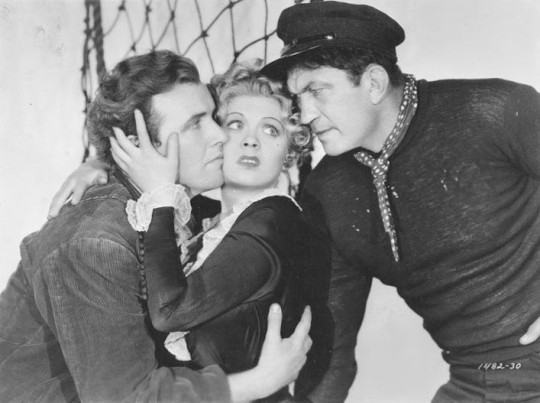
Preston Foster-Dorothy Dell-Victor McLaglen "What angel" 1934, de William Cameron Menzies, George Somnes.
10 notes
·
View notes
Text
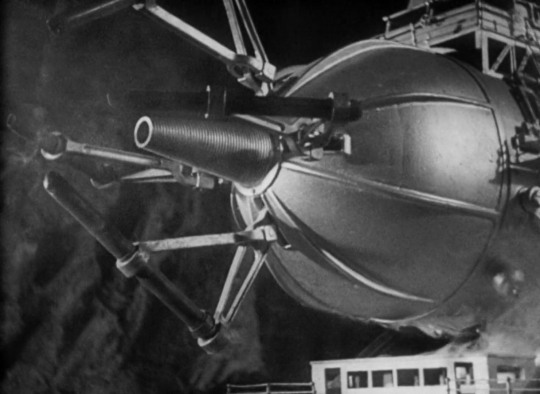

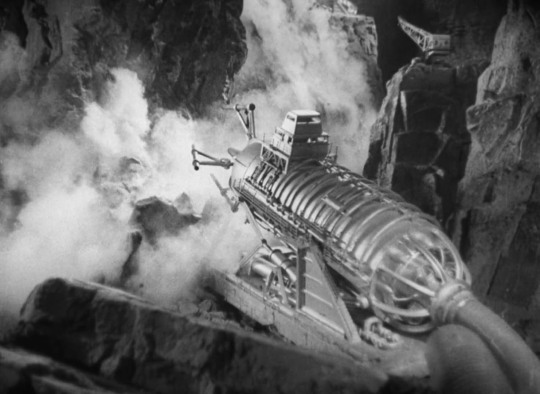
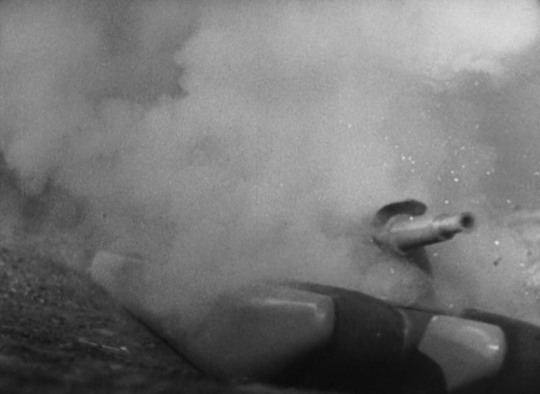
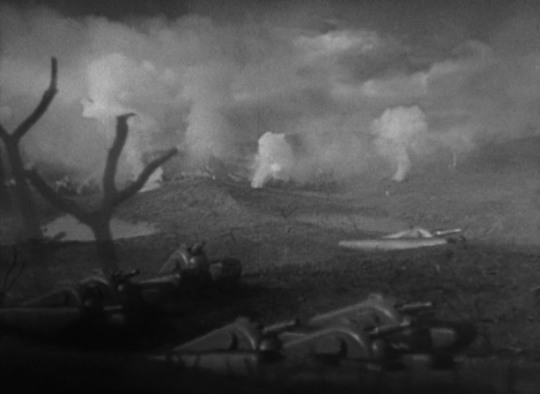

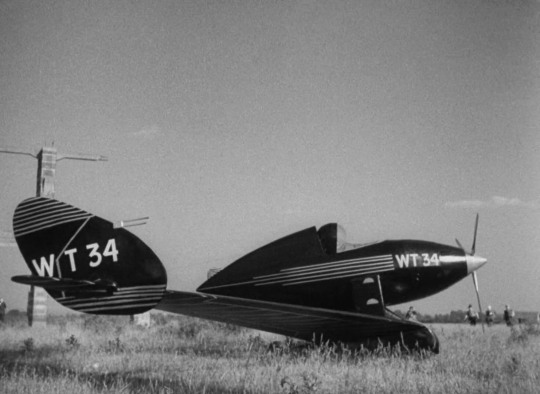
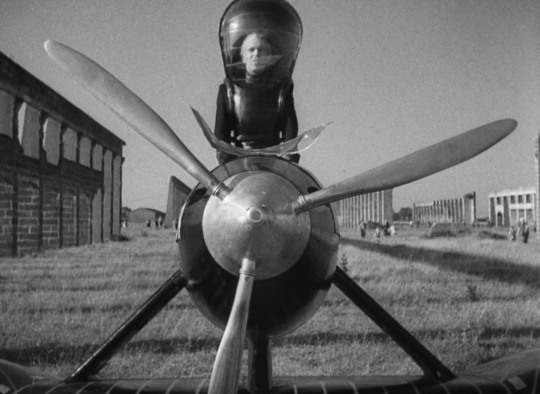


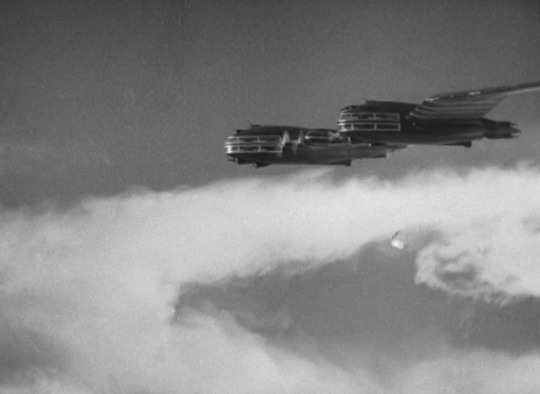
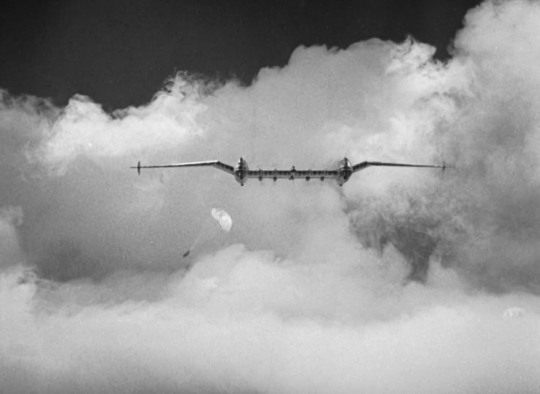

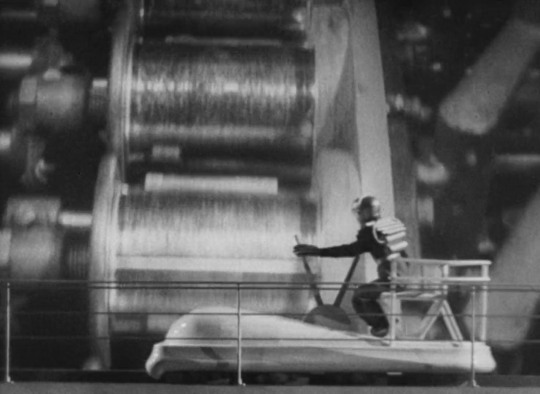

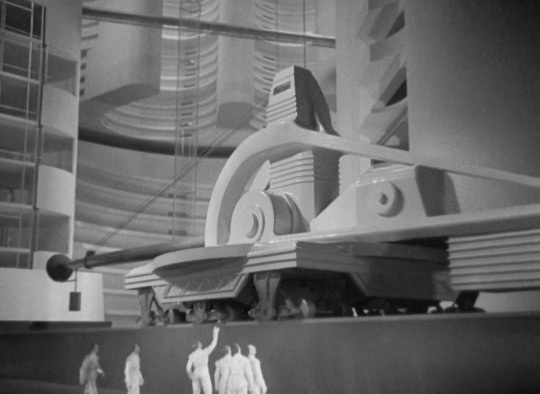
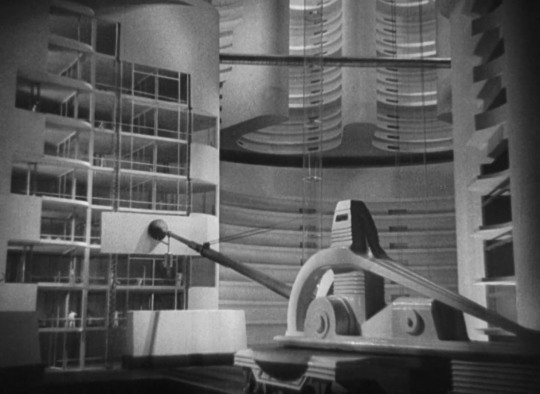
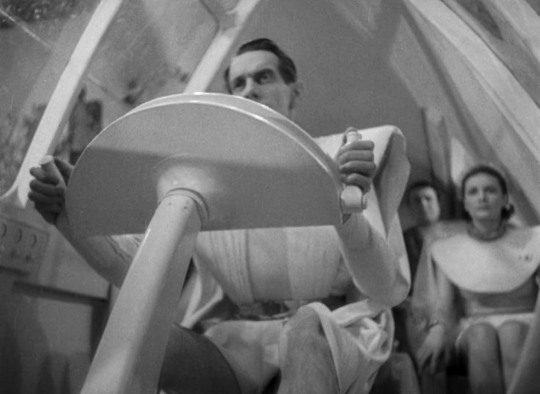

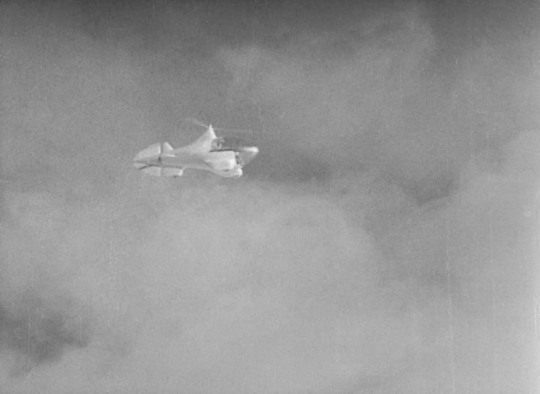
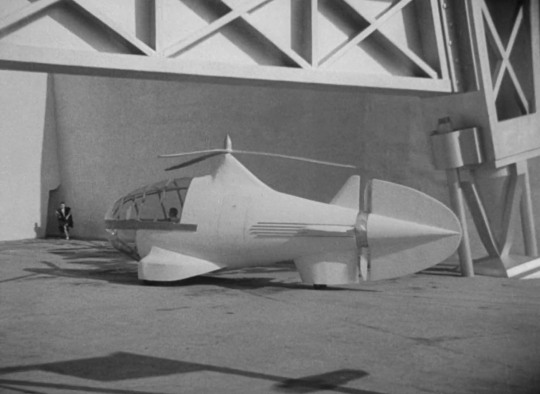
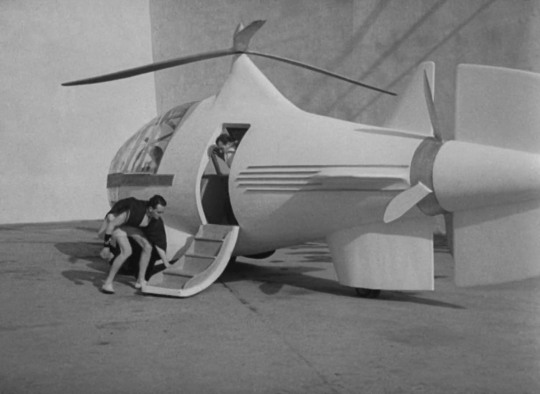
Futuristic aircraft, heavy machinery and other vehicles from Things To Come (1936)
#as a narrative this movie is pretty awkward and bad#as a show of special effects however#sci-fi#science fiction#30s sci fi#vintage sci fi#retrofuturism#retro futuristic#futurism#1936#30s movies#1930s film#30s design#machinery#industrial#movie miniatures#visual effects#special effects#william cameron menzies#hg wells#aircraft#helicopter
4 notes
·
View notes
Photo
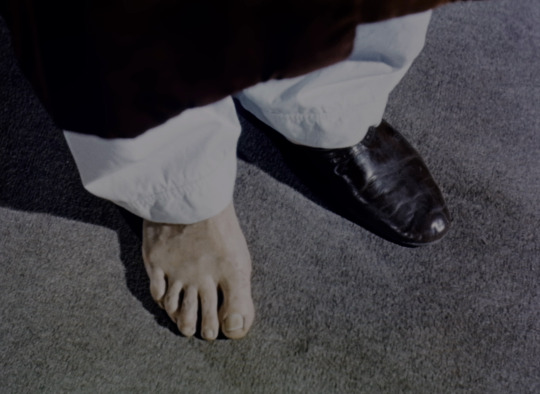


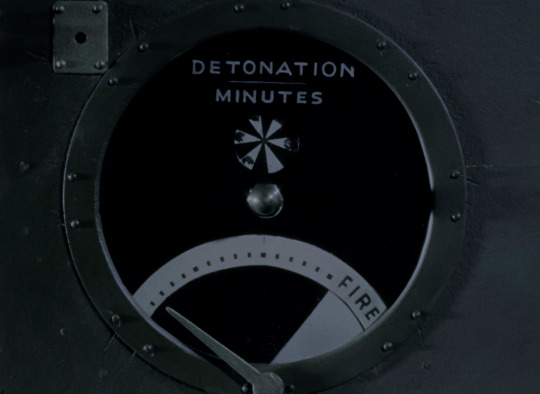

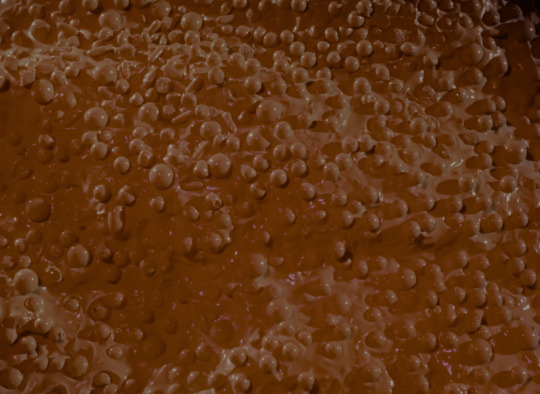




Invaders from Mars (William Cameron Menzies, 1953).
#invaders from mars#william cameron menzies#invaders from mars (1953)#jimmy hunt#helena carter#john f. seitz#boris leven#jack cosgrove#arthur roberts#clifford d. shank
28 notes
·
View notes
Photo

Invaders from Mars will be released on 4K Ultra HD, Blu-ray, and DVD on July 11 via Ignite Films. Celebrating its 70th anniversary, the 1953 science fiction film was the first feature to show aliens in color.
William Cameron Menzies (Things to Come) directs from a script by Richard Blake. Jimmy Hunt, Helena Carter, Arthur Franz, Morris Ankrum, Leif Erickson, and Hillary Brooke star.
Invaders from Mars has been newly restored in 4K from the original camera negative. Special features are listed below.
Special features:
Interviews with actor Jimmy Hunt, director William Cameron Menzies’ biographer James Curtis, and Menzies’ eldest granddaughter Pamela Lauesen
Featurette with filmmakers John Landis and Joe Dante, editor Mark Goldblatt, special visual effects artist Robert Skotak, and film preservationist Scott MacQueen
2022 introduction by filmmaker John Sayles at Turner Classic Movies Festival
Alternate ending and extended planetarium scene from Alternate International version (restored in 2K)
Before/after clips of restoration with film restoration supervisor Scott MacQueen
Image gallery with press book pages and photos from the restoration process
Original trailer (restored in 4K)
2022 trailer
youtube
On a dark and stormy night, a young boy, David McLean (Jimmy Hunt), observes what appears to be a flying saucer crash-landing in his town. Shortly thereafter, the grown-ups - including his own parents - begin acting decidedly strangely. Convinced there's a link between this epidemic of bizarre behavior and what he witnessed that night, David turns to local health official Dr. Blake (Helena Carter) for help. But can these two unlikely heroes, together with famed astronomer Dr. Kelston (Arthur Franz), withstand the might of a full-blown invasion from outer space?
Pre-order Invades from Mars.
#invaders from mars#50s sci fi#1950s sci fi#sci fi#science fiction#ignite films#dvd#gift#william cameron menzies#arthur franz#john landis#joe dante#john sayles#50s movies#1950s movies
12 notes
·
View notes
Text

never not thinking about the sandpit set from Invaders From Mars
#invaders from mars 1953#set design#50's sci fi#william cameron menzies#production design#2023#trentrambles
4 notes
·
View notes
Photo




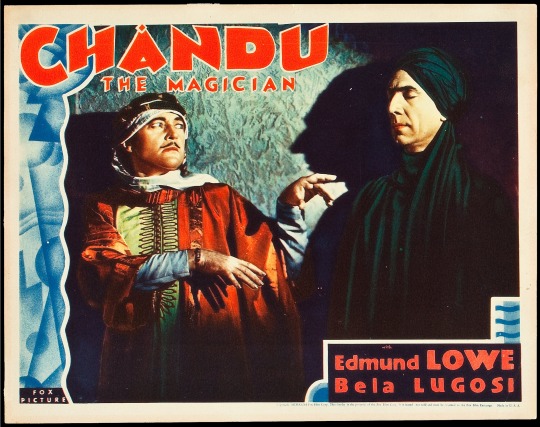
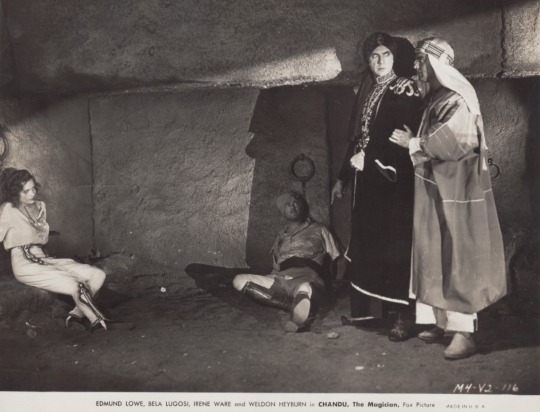
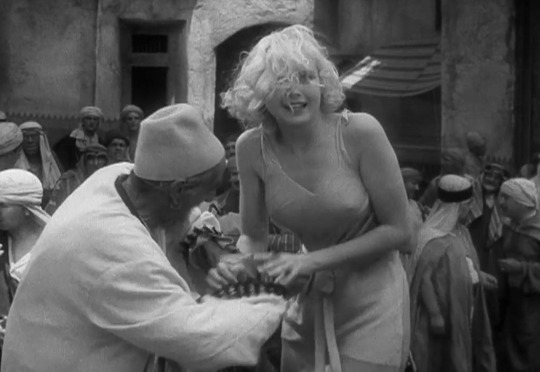
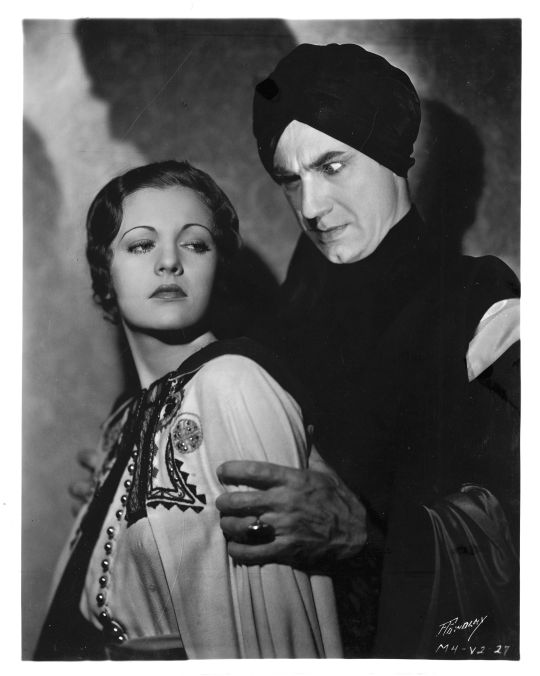


Chandu the Magician (1932) William Cameron Menzies & Marcel Varnel
July 31st 2022
#chandu the magician#1932#william cameron menzies#marcel varnel#edmund lowe#irene ware#bela lugosi#herbert mundin#june lang#weldon heyburn#virginia hammond#henry b. walthall#michael stuart#june vlasek#pre-code
14 notes
·
View notes
Photo
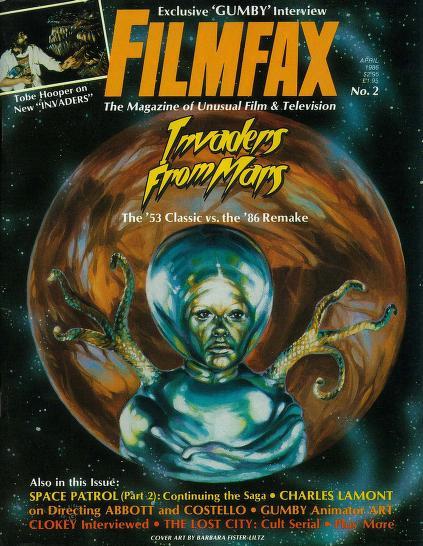
https://archive.org/details/FilmFax_v01n02_1986-03-04/mode/2up
2 notes
·
View notes
Photo
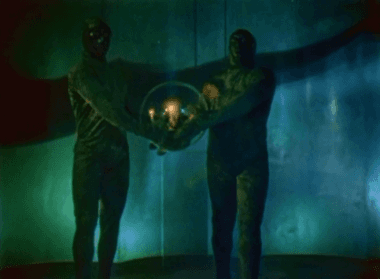
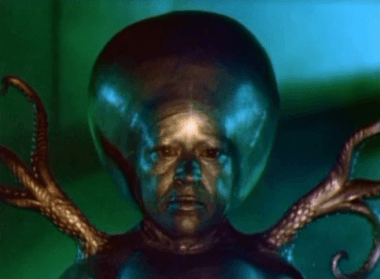
Invaders from Mars (1953)
#invaders from mars gif#50s movies#50s sci-fi#william cameron menzies#supercinecolor#lock martin#max palmer#luce potter#martian mastermind#1950s#1953#gif#chronoscaph gif
623 notes
·
View notes
Text


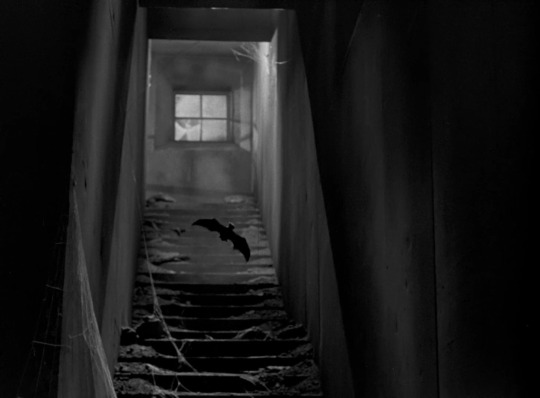
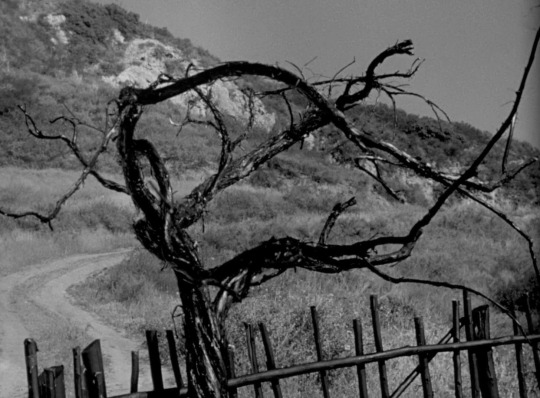



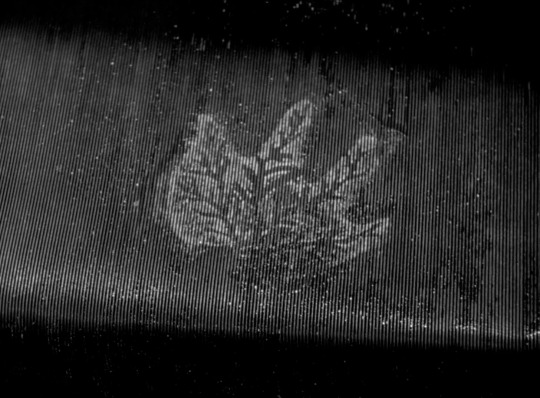



The Maze | William Cameron Menzies | 1953
60 notes
·
View notes
Text
Ivy
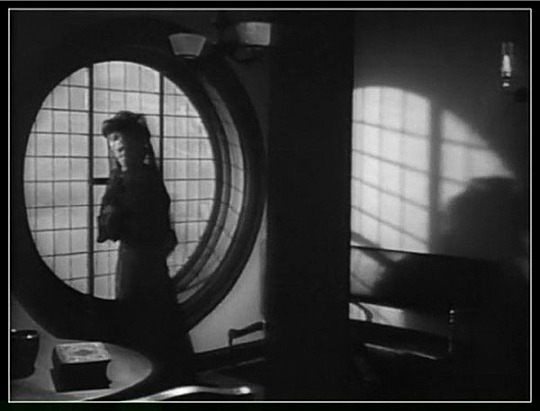
The credits for Sam Wood’s IVY (1947, Criterion Channel) play over an image of an urn containing flowers. At their end, the urn becomes a skull. That sets the tone for this gothic noir set in Edwardian England (the original novel by Marie Belloc Lowndes took place in the 1920s). It’s a visually scrumptious film, with producer William Cameron Menzies, a frequent Wood collaborator, supervising production design and even some of the camera set-ups. Joan Fontaine, often in white, looks the perfect young innocent. But she’s actually an ambitious schemer. Having run through husband Richard Ney’s fortune and tired of doctor lover Patric Knowles, she comes up with a plan to rid herself of both so she can seduce wealthy businessman Herbert Marshall. In the 1940s, her evil was so shocking it cost the film at the box office. Today, it seems like fitting revenge for saddling her with three such unmagnetic leading men. Charles Bennett’s screenplay starts with Fontaine presented as a Gothic victim. She’s covered in shadows when she visits a fortune teller (Una O’Connor) whose spooky presence seems to terrorize her. But when O’Connor advises her to dump her lover because she’s about to meet a man who can solve her problems, Fontaine perks up, and you realize how amoral she is. The actress looks terrific and has some fascinating flirtation scenes, though when she’s being duplicitous, she strays into the Joan Crawford school of energetic overstatement. None of the men are a match for her, but the film has some intriguing character women who more than hold their own, including Lucille Watson as Knowles’ mother, Sara Allgood as his nurse and Rosalind Ivan as Fontaine’s maid, a woman who can find the laughs in a mourning scene. Russell Metty did the moody cinematography, Orry Kelly and Travis Banton created the costumes and composer Daniele Amfitheatrof pours on the harpsichord whenever Fontaine does something particularly evil.
#film noir#gothic melodrama#joan fontaine#sam wood#william cameron menzies#lucille watson#sara allgood#rosalind ivan#orry kelly#travis banton#russell metty
1 note
·
View note
Text

Edmund Lowe-June Lang "Chandú el mago" (Chandu the magician) 1932, de William Cameron Menzies, Marcel Varnel.
13 notes
·
View notes
Text
On September 30, 1932, Chandu the Magician debuted in New York City.

#chandu the magician#william cameron menzies#bela lugosi#pre code hollywood#pre code film#pre code movies#pre code horror#horror art#horror film#horror thriller#horror movies#horror#classic film#classic horror#classic hollywood#movie art#art#drawing#movie history#pop art#modern art#pop surrealism#cult movies#portrait#cult film
0 notes
Text
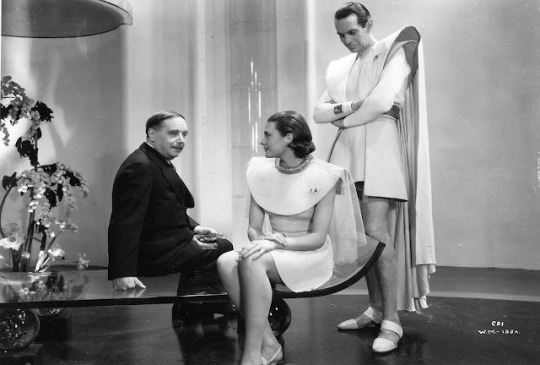
H.G. Wells, Pearl Argyle, and Raymond Massey on the set of Things to Come
Things to Come (William Cameron Menzies, 1936)
Cast: Raymond Massey, Edward Chapman, Ralph Richardson, Margaretta Scott, Cedric Hardwick, Maurice Braddell, Sophie Stewart, Derrrick De Marney, Ann Todd, Pearl Argyle. Screenplay: H.G. Wells, based on his novel. Cinematography: Georges Périnal. Production design: Vincent Korda. Costume design: John Armstrong, René Hubert, Cathleen Mann. Film editing: Charles Crichton, Francis D. Lyon. Music: Arthur Bliss.
Works of fiction that pretend to depict things as they will be in a specific place and year tend to look a little foolish when that year actually comes. The years 1984 and 2001 didn't turn out to be precisely as George Orwell and Arthur C. Clarke envisioned them. But neither Orwell nor Clarke expected them to: Both were extrapolating from what they saw about the times in which they were writing. Orwell was viewing with alarm the struggle for power in 1949, and Clarke was elaborating on thoughts he had about the relationship of man, technology, and nature -- for good or ill -- in a series of stories beginning with "The Sentinel" in 1948. It's significant that both of these writers were working from a post-World War II point of view. But Things to Come starts from a very different place: England just before the second World War. H.G. Wells's 1933 The Shape of Things to Come was a meditation on a utopia founded on science, replacing religions, and a world government, replacing nationalism. The adaptation of these ideas in Wells's screenplay involves a world on the brink of war at Christmas, 1936 -- less than three years before the world actually went to war. Wells didn't have to wait long to see the ideas in the film superseded by reality. In the film the conflict lasts 40 years, and is devastating to the old order of things. There arises a kind of technotopia, which then has to battle with (and triumph over) reactionary, anti-science forces. We no longer have the kind of undimmed faith in technology to solve all problems that Wells possessed -- in fact, if the atomic outcome of World War II is any indicator, technology presents as many problems as it solves for humankind. Things to Come is muddled but fascinating: It raises the right questions while providing unsatisfactory answers. The best things in the film are the ones closest to home. For example, Ralph Richardson's performance as the dictator known as "The Boss" -- a slangy translation of Il Duce. Richardson's eccentric manner is the key to the role, and he plays it to the hilt. Unfortunately, Menzies, a gifted designer, wasn't much of a director, and he surrounds Richardson with inferior performers: Margaretta Scott, who had a long career once she grew accustomed to film acting, here recites her lines as if reading them for the first time and assumes poses copied from silent film vamps. For contemporary viewers, the most interesting things about the film are the set designs by Vincent Korda and the fantasias about what people will be wearing in 2036 -- which in Wells's scheme of things is the year of the first voyage around the moon. The costumes are credited to John Armstrong, René Hubert, and the Marchioness of Queensberry. (Her given name was Cathleen Mann; a portrait painter and costumer, she was married to the 11th Marquess of Queensberry from 1926 to 1946.)
1 note
·
View note